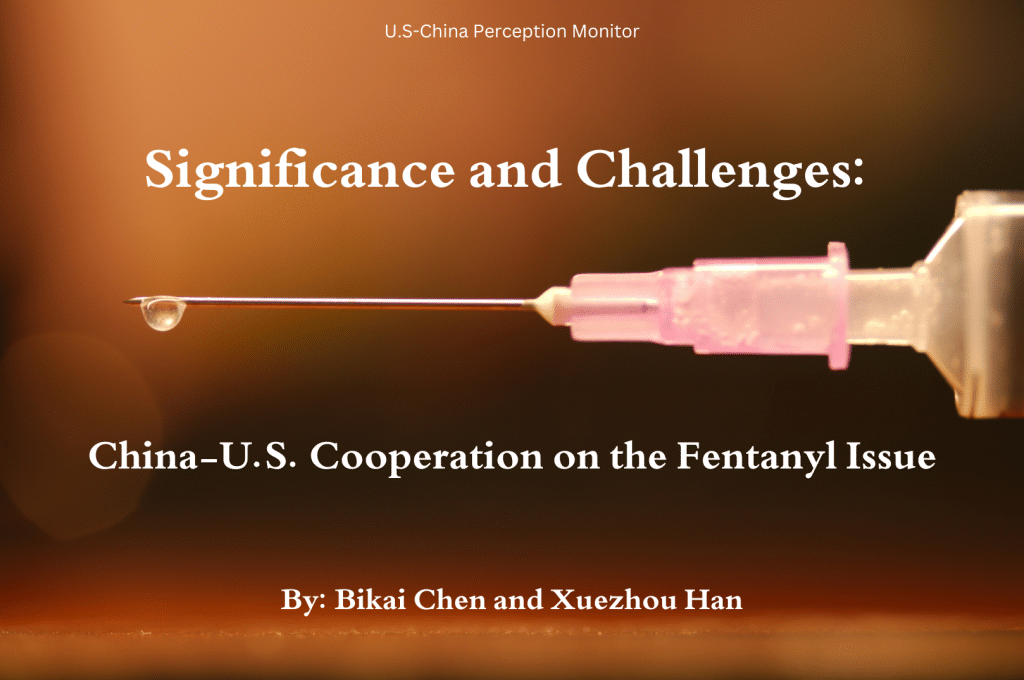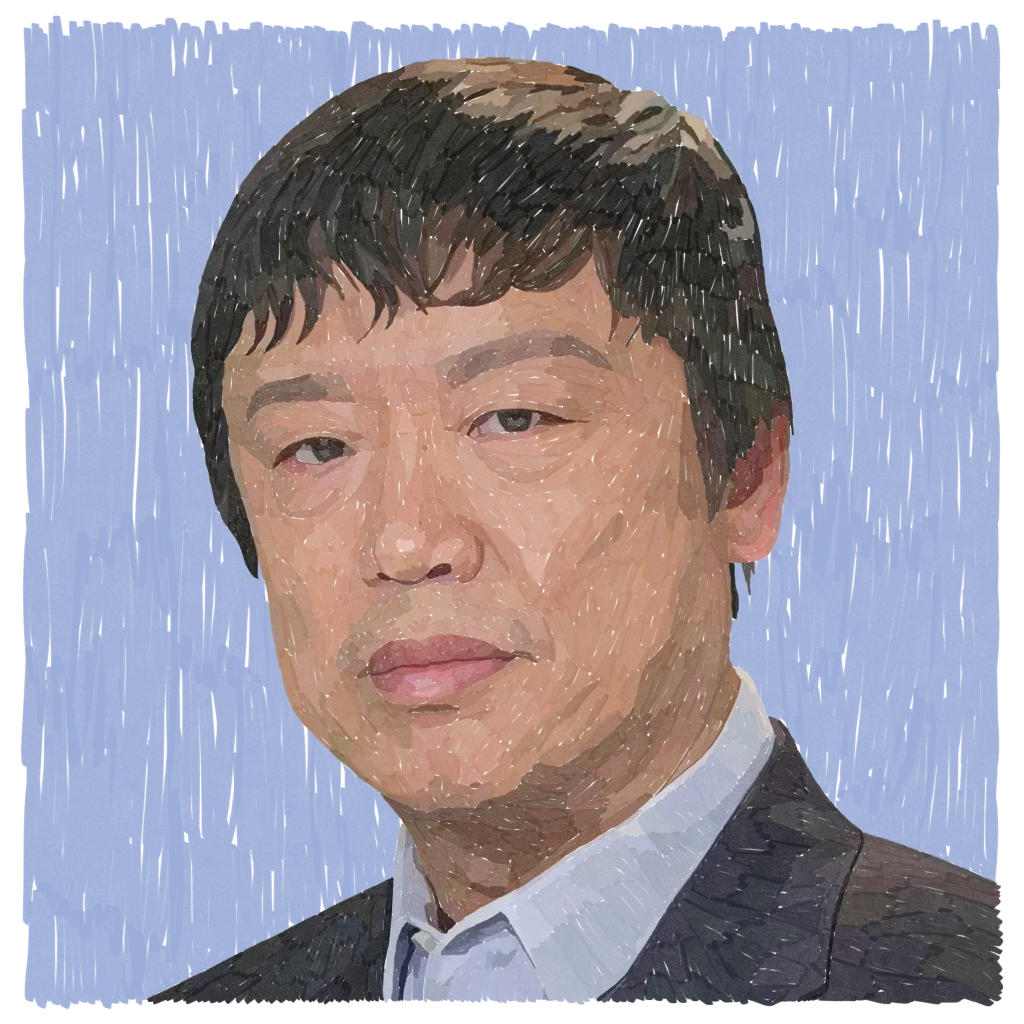Prospects for Education Relations in Xi’s New Era*
Education is in the DNA of U.S. – China relations, a DNA strand that has served both countries well during the Qing, Republican and Reform and Opening periods. One is reminded of Yung Wing’s first educational mission to the United States in the 1860s, the Boxer Indemnity Scholarships of the early 20th century, and the American colleges of the Republican period.
Today both countries acknowledge the extraordinary contribution educational relations have made to U.S. – China relations. In September of this year, in her key note address to the opening ceremony of the China-U.S. University Presidents and Think Tank Forum, Vice-Premier Mme. Liu Yandong stated:
We hope that universities and think tanks of the two countries will carry out strategic and forward looking research and jointly cultivate high-quality talents so as to make positive suggestions for the development of China-U.S. relations.
Certainly the scope and scale are unprecedented. Today China is America’s largest educational and scientific partner, and vice-versa. All Chinese provinces and autonomous regions have educational agreements with American universities and all but Xinjiang, Tibet and Qinghai have joint degree programs. One hundred and thirty-three American universities from more than 40 states offer educational programs in China. The United States is the #1 destination for Chinese students – this fall number 328,000, forty one percent of whom are undergraduates.
- These remarks are drawn from a talk given at Hong Kong University in fall 2016 and from an article published in the last issue of China Currents.
Although the numbers are far fewer China is the #1 developing country destination for American students. Most of the American Ivy League schools are sponsoring stand-alone research centers in China while three American universities – NYU, Duke and Kean – have established comprehensive joint venture independent Chinese universities. The Schwarzman College, a fully American funded graduate school opened at Tsinghua University last year.
Two characteristics are especially relevant to the bilateral relationship: the dominant role of the sciences and the far lesser role of the social sciences and humanities. An authoritative study has concluded and I quote: “Measured by co-authored scientific research papers, U.S. collaboration now exceeds collaboration with traditional partners such as the United Kingdom, Germany and Japan. China and the United States have become each other’s main partner in scientific collaboration.” The social sciences and humanities are far less visible. Only 7% of Chinese students in the U.S. are in these fields. During the last three decades American scholars have learned a great deal about China, historically and today. Information about Chinese history, economy and government has been passed onto American the broader public. The Chinese study of the United States has, however, been rather limited. I want to draw attention to the fact that more accurate high school and college textbooks are needed. It may be time for a joint scholarly review of how the textbooks of each country portray the other.
As the Xi Jinping era continues it is clear that a new paradigm has emerged. First, the educational relationship is no longer asymmetrical; it has become symmetrical. Gone are the days when China needed American educational assistance. China’s universities have experienced unprecedented growth, including massive funds for infrastructure and research. China is creating world-class universities and Chinese funds are building and sustaining the new joint venture universities and collaborative programs in China. No longer do American universities provide free rides for under privileged Chinese students. They are now seeking self-paying Chinese students. In 2015 these contributed $9.8 billion to the American economy.
Second, for the first time China is directly participating in research and education in America. In 2015 Tsinghua University, the University of Washington, and Microsoft announced the creation of a new research and education institution in Seattle, the first such bilateral venture in the United States. Ten years earlier the Chinese government-funded agency, Hanban, began funding Confucius Institutes in American universities. Today there are over 100. Most have flourished but some have appeared to have an overt political agenda. Also there have been recent reports of external efforts to shape the political views of Chinese students attending American institutions.
This relates to the third change which is ideological. In 2014 the Minister of Education called for a rejection of western learning and subsequent government documents have reinforced the importance of Marxist ideology and the exclusion of western values. Last month a new MOE directive called for party secretaries to be given vice-chancellor status and a decision-making role on the board of trustees of joint venture institutions, quite different from the previously approved independent board of trustees’ structure. From my experience as executive vice-chancellor of Duke Kunshan University I know that the shared governance model, which includes but does not privilege party members, worked very well – for both countries and sponsoring institutions.
Taken together these three factors – the advent of world class Chinese universities, the entry of China into the domestic American educational world, and China’s current ideological campaign – point to a more complex and potentially contentious future. The core value of American universities – and indeed a core interest of the United States government – is academic freedom. In response to a request from the U.S. Congress in 2016 the United States Government Accountability Office issued a report on academic freedom in American educational programs in Chinas titled “U.S. Universities in China Emphasize Academic Freedom but Face Internet Censorship and Other Challenges.” Based on surveys and interviews conducted in 2015 the report concluded that most programs experienced no ideological interference but were frequently hamstrung by internet issues. If China’s universities and scientific institutions wish to continue their global collaboration open and unfettered communication is essential.
Let me conclude on an optimistic note. The U.S. – China educational relationship has survived earlier periods in which China has questioned western values. China’s quest to form a distinctly Chinese modern education system is central to its modern history. We need to learn more about this emerging model which draws on Confucian and socialist values as well as the western research and liberal arts model. And I believe we share more values than some realize. When I spoke of educational values at Duke Kunshan I always talked about a cluster of values: academic freedom, academic responsibility and academic integrity: Chinese educators understand that all of these values are central to a vibrant and innovative university community. I am confident that education will continue to play a positive, ever more strategic role, in U.S. – China relations.









